July 27, 2025 | 20:33 GMT +7
July 27, 2025 | 20:33 GMT +7
Hotline: 0913.378.918
July 27, 2025 | 20:33 GMT +7
Hotline: 0913.378.918
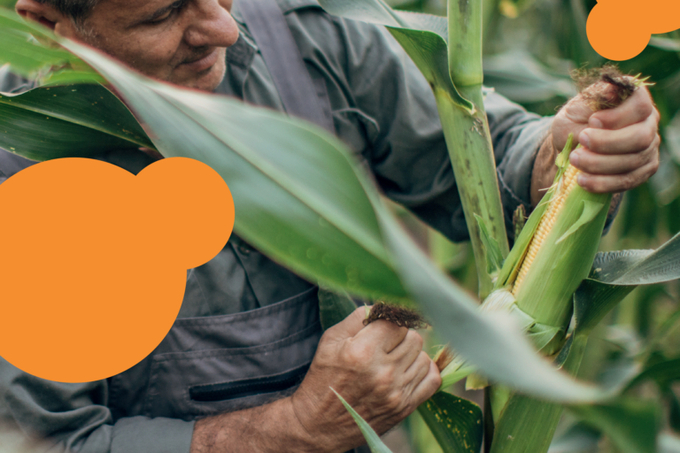
Photo: dsm-firmenich.
Compared to 2023, the results in the annual dsm-firmenich Mycotoxin survey concluded that all 6 main mycotoxins increased in prevalence and in positive ppb, including aflatoxin, zearalenone, vomitoxin, fumonisins, T-2 mycotoxin and ochratoxin A.
The risk increased in Central Europe as well as in the Middle East and North Africa, compared to 2023.Risk levels remained extreme with the highest regions of mycotoxins found in North and Central America, South Asia, China and Taiwan.
Co-contamination levels – ie more than 1 mycotoxin – was found in 70% of samples while one mycotoxin was found in 20%, meaning that just 10% of samples were below the limit of detection.
The mycotoxin risks that threatened feed quality and animal performance globally vary across regions worldwide, but multiple kinds of mycotoxins were often occurring together.
For example, in North America DON was detected in 73% of corn samples with a high average of >1000 ppb. Similarly, FUM was detected in 68% of samples with a high average of >3990 ppb.
In Central America FUM was detected in 98% of corn samples with a high average of >5180 ppb, while 95% of finished feed samples contained more than one mycotoxin.And in Asia, FUM was detected in 85% of samples with high average >3450ppb. Afla was found in 57% of samples with high average of 28ppb.
Commenting on the results, Ursula Hofstetter, head of mycotoxin risk management at dsm-firmenich Animal Nutrition and Health, said: “The persistent presence of mycotoxins continues to post a threat to animal welfare, productivity and sustainability in agriculture.“These results once again underscored the critical need for effective mycotoxin management strategies. Implementing such strategies is crucial for maintaining the profitability of both the feed industry and animal protein sectors as well as ensuring feed and food safety,” she added.
(Poultryworld)

(VAN) Coffee prices on July 23, 2025, rebounded globally. Meanwhile, domestic prices rose by VND 1,500, trading around VND 92,600 – VND 93,300/kg.
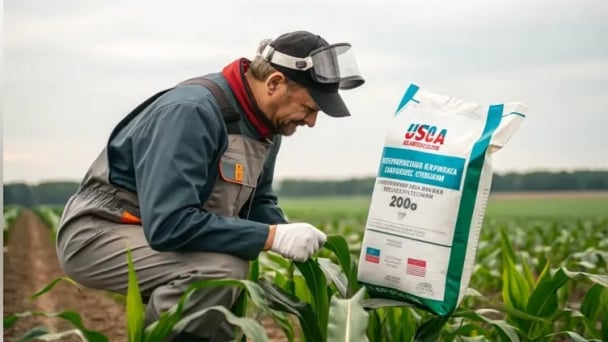
(VAN) Former President Donald Trump’s proposal to implement a 100 percent tariff on Russian imports could significantly impact American farmers through increased fertilizer costs.

(VAN) Rice prices in Japan soared 99.2 percent in June year-on-year, official data showed Friday, piling further pressure on Prime Minister Shigeru Ishiba ahead of elections this weekend.

(VAN) Coffee prices on July 17, 2025, rebounded globally, Aarbica rising nearly 4%. Domestic prices increased by VND 600, trading at VND 91,700 – VND 92,300/kg.
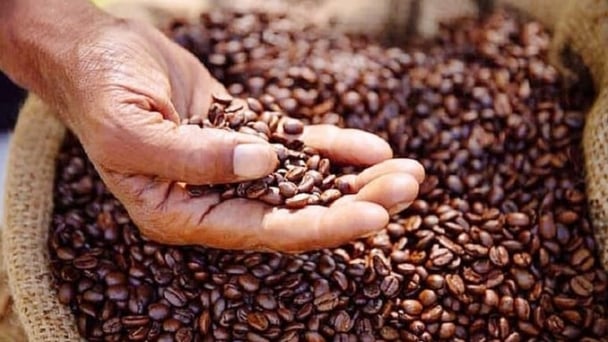
(VAN) Coffee prices on July 15, 2025, rose sharply on the global market, with Robusta alone gaining over 9%. Domestic prices increased by as much as VND 2,500.
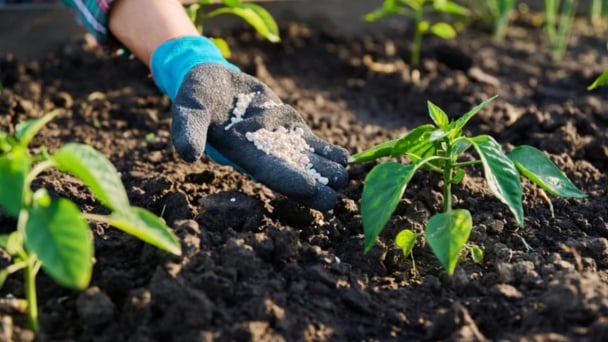
(VAN) Fertilizer prices continued to rise in the second quarter of 2025, with the World Bank’s fertilizer price index up 15 percent since the start of the year.
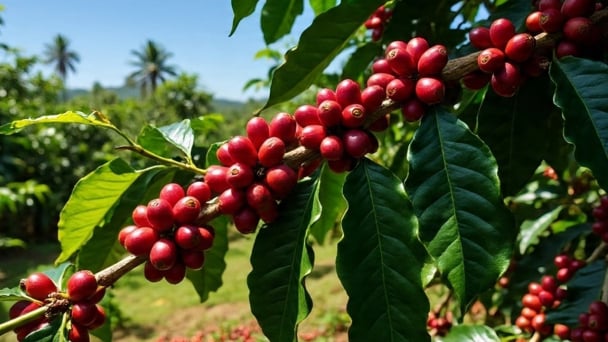
(VAN) Coffee prices on July 14, 2025, remained stable both globally and domestically. Currently, domestic prices are trading around VND 89,500 – VND 90,300/kg.